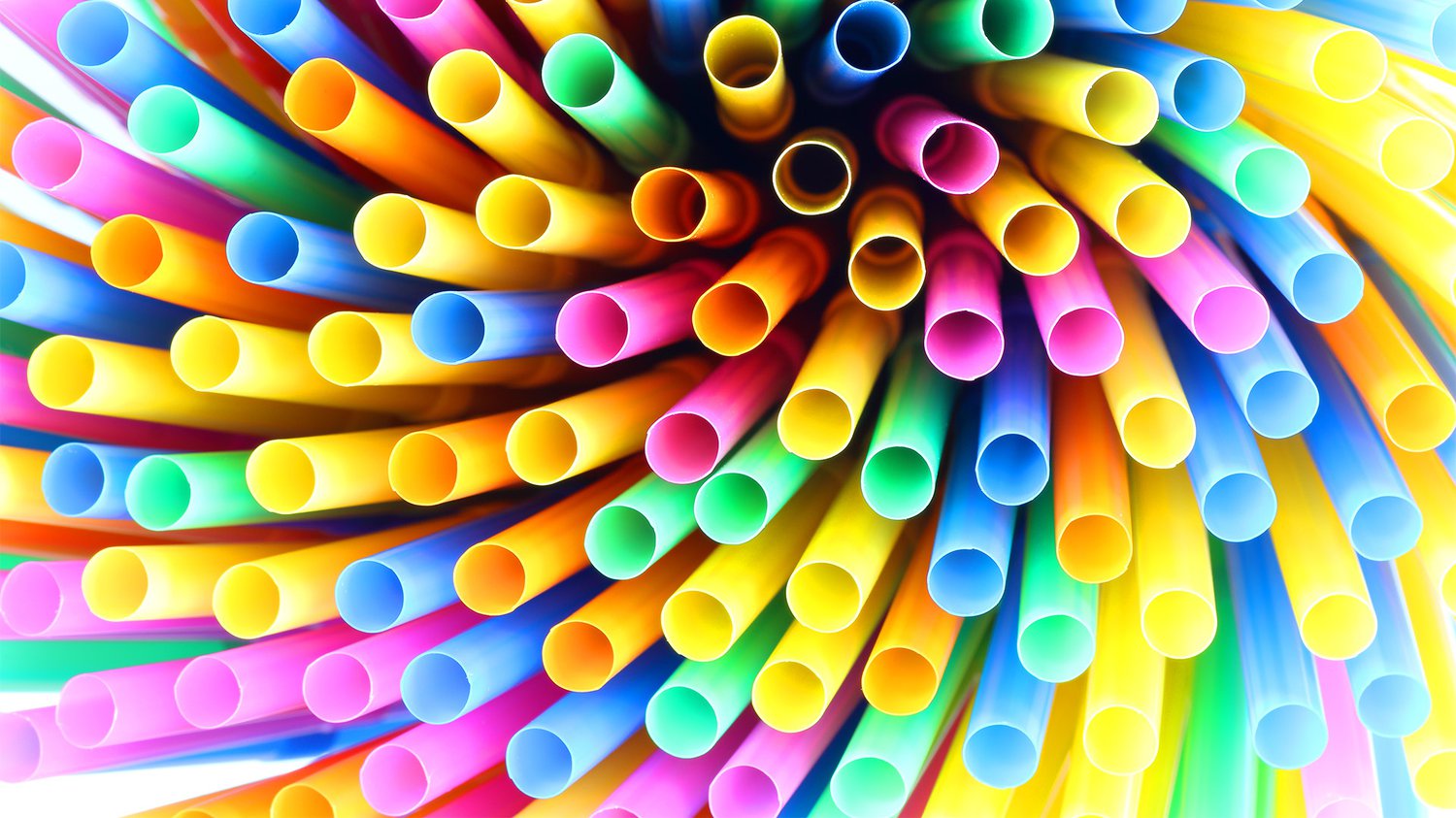
Image Credit: Phichai, Shutterstock
Consider the ubiquity of plastics. If present trends continue, we will be producing a billion tons a year by 2050. And since 1950, we’ve produced more than 8.3 billion metric tons of plastic in total.
It gets worse. By 2015, three quarters of those 8 billion+ metric tons were discarded, and only 9% has been recycled. This means 79% has wound up in landfills or the environment.
So how are we going to keep from getting buried by our plastic waste? One solution is to make plastics biodegradable.
First consider what plastic is — a category of materials that are made of repeating chains of molecules known as “polymers” that can be shaped while soft. Until recently, we’ve only used petrochemicals to create plastics, which means they normally last for hundreds of years. An alternate source to these petroplastics are bioplastics that are often made from plant materials like sugar cane pulp, corn, or cassava and can biodegrade after relatively short periods.
Now another option is emerging — polyhydroxyalkanoates, or PHAs, which are polymers used to make biodegradable bioplastics from bacteria guts.
Yes, bacteria guts. Basically, microorganisms use a polymer to turn food into stored energy. To convert that polymer into something usable, the bacteria are grown in big vats and fed vegetable oil, sugar, or methane gas. When the bacteria have gotten so full that their cells have gone from around 3% polymer to upwards of 95%, they’re purified in a process that bursts their membranes and brings the polymer out of solution. The resulting white powder is combined in pellets that then can be made into fully compostable items like straws.
We’ve actually known about this since the 1920s. But it has taken us a long time to figure out how to get the bacteria to give up their polymers on a commercial scale. So maybe sometime soon, you’ll be taking your restaurant leftovers home in a container made from materials that started out as bacteria. Isn’t science amazing?
For more detail, see “Could Plastic Made from Bacteria Guts Help Solve our Waste Crisis?” by Alissa Greenberg (https://www.pbs.org/wgbh/nova/article/bacteria-plastic-biodegradable-pha-recycling/)
